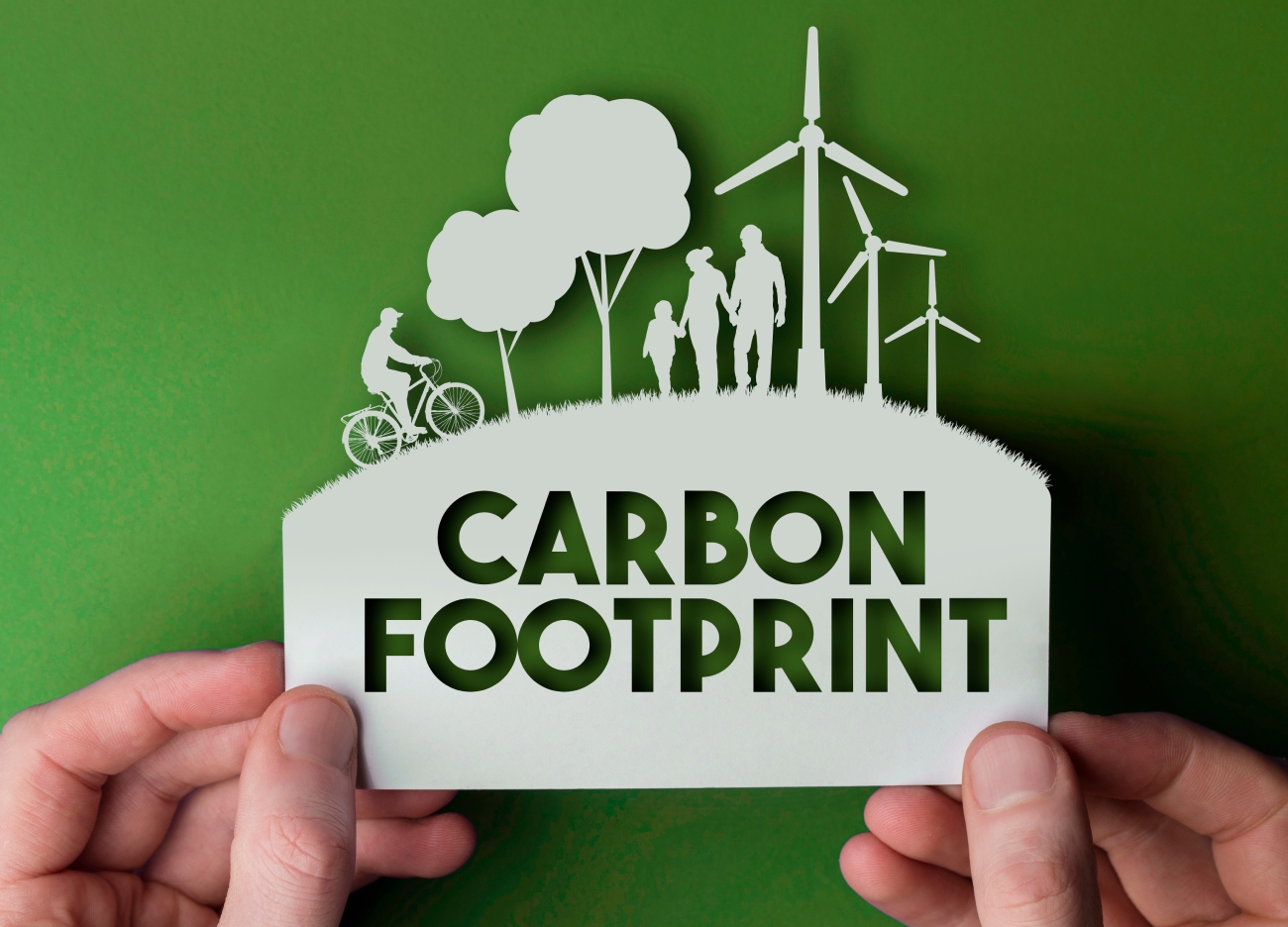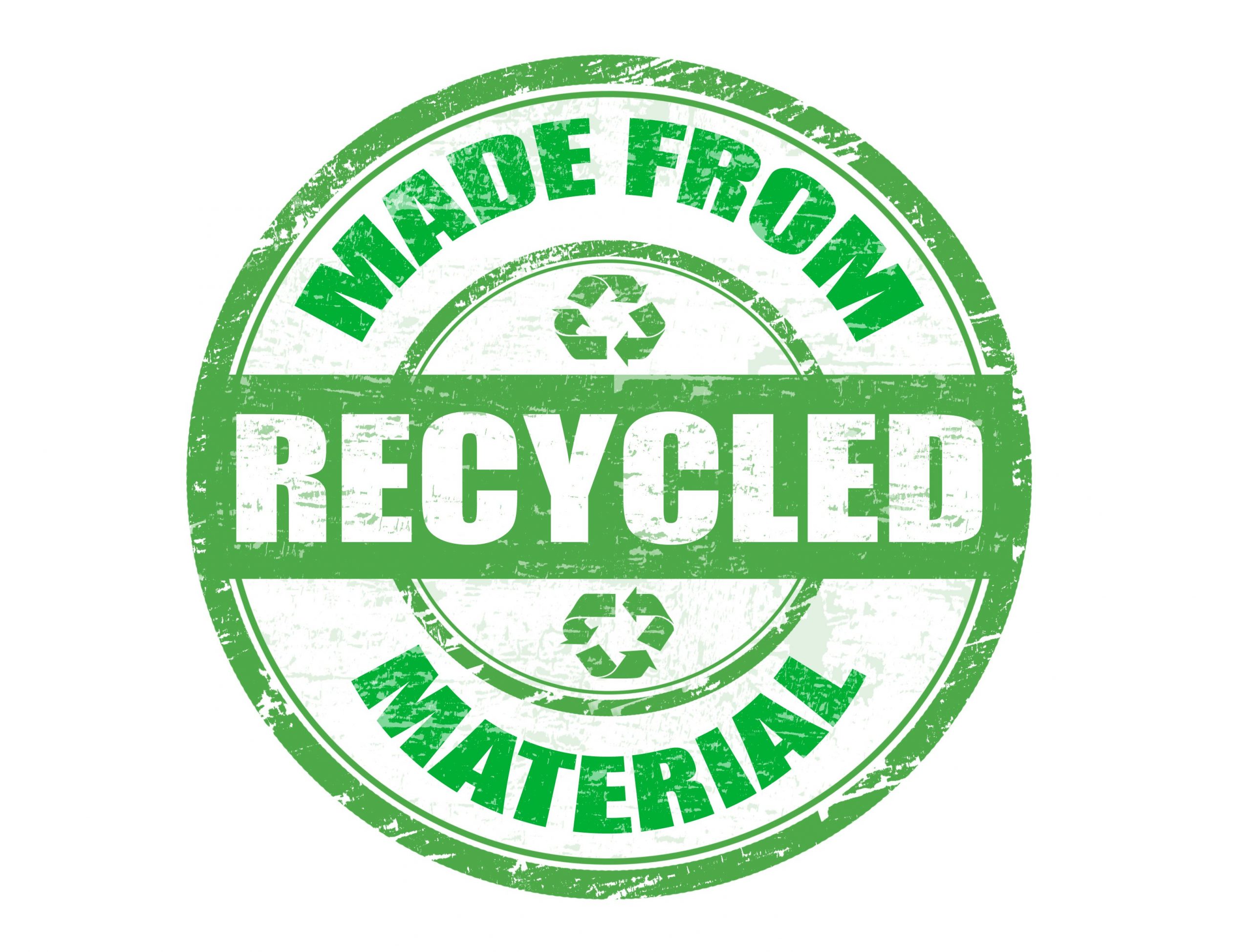
Bread bags and carbon footprint
Throughout the past decade, climate change issues have risen to the top. People are becoming more and more aware of the potential impacts of global warming. Greenhouse gas (GHG) emissions are now a concept many industries and governments measure and control at multiple levels. The term “carbon footprint” is now part of our vocabulary. For some, daily habits are now directly influenced by this urge to manage their GHG emissions globally and reduce their individual carbon footprint.
First things first, what is carbon footprint? Derived from the concept of ecological footprint introduced in the 1990’s, carbon footprint refers to the total amount of GHG emissions expressed in tons or kilograms of carbon dioxide equivalent (CO2e) emitted by a person, an entity or a process. The unit CO2e allows regrouping all types of GHG, such as methane (CH4), nitrous oxide (NOx) or chlorofluocarbons (CFC) into one GHG metric. Therefore, carbon footprint can be used in different contexts: human activities, a company’s supply chain and for specific products or goods. In recent years, this concept has been the center of studies to evaluate the GHG emissions resulting from different types of packaging and their role in preventing food waste.
In March 2020, the National Zero Waste Council published, in parthership with RECYC-Québec, Éco Entreprise Québec and Vancity, a report regarding the role of packaging in prevention of food waste in Canadian households. One of the criteria analyzed was the GHG emission resulting from the manufacturing of the packaging itself compared to the emissions from the product it packages.
This study showed that some packaging contributes more than others to the overall carbon footprint of the products. For example, a plastic packaging container for berries is responsible for a third of the total emissions of the product during its lifecycle. In contrast, a plastic bag only contributes 1% of the overall carbon footprint of the bread, showing plastic bags provide the most efficient use of resources.

The other criteria analyzed in this study is the potential increase of GHG emissions per product type due to food waste if there wasn’t any packaging used in the supply chain. Food waste is a persistent problem in developed countries and it has been proven that packaging can help prevent it. Therefore, it is critical to consider the carbon footprint of the packaging format in the overall emissions of the product, and at the same time, the potential increase of those emissions due to food waste if this very packaging was non-existent.
Overall, this study showed some products could be sold in bulk and others need to return to the drawing board to come up with a more responsible packaging alternative. For instance, the packaging used for berries is more harmful in terms of GHG emissions than the potential increase of emissions due to food waste. The same assumption applies to pasta, where a 10% increase of the overall GHG emission of the product without packaging is expected, but when packaging is used it accounts for 60% of the product’s footprint.
On the other hand, this study demonstrated that in some cases packaging is truly a responsible and sustainable alternative to reduce food waste and minimize a product’s carbon footprint. The plastic bread bag is among those packaging materials. In fact, it has the best performance in the entire product range studied, where plastic bread bags accounted for only 1% of the overall GHG emissions of the product (sliced bread). Furthermore, the carbon footprint would be greater, by 20%, if the bread was sold without its current packaging.
Plastic bread bags are an optimized alternative for bread, not only accounting for a minimal portion of the overall carbon footprint of the product, but also helping prevent food waste, which is a larger contributor to climate change than the plastic bag itself. Plastic bags are proven to be the most sustainable alternative for the bread market.
References:
[1] ReFed, “Standardized Date Labeling” Retrieved from https://www.britannica.com/science/carbon-footprint
.
[2] National Zero Waste Council (2020)
[3] FPA Value of Flexible Packaging in Extending Shelf Life and Reducing Food Waste Report

